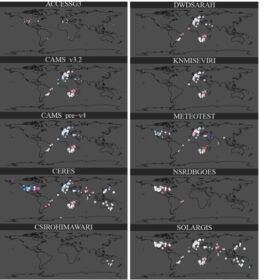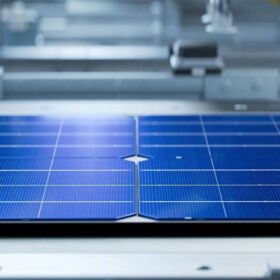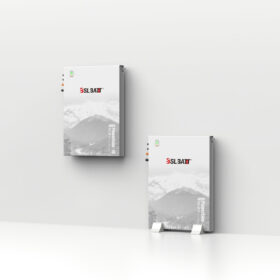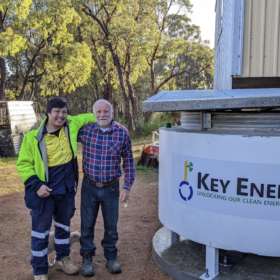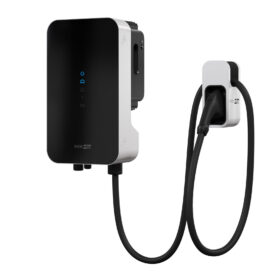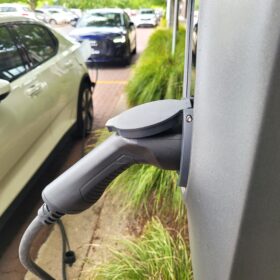All solar cell efficiencies at a glance – Martin Green team update
The research group led by Professor Martin Green has published Version 62 of the solar cell efficiency tables. There are 21 new results reported in the new version, a record number for the Tables.
Global benchmark for solar irradiance data released by IEA-PVPS
The International Energy Agency’s Photovoltaic Power Systems Programme (IEA-PVPS) has published a report to help the solar industry to choose appropriate surface radiation models and data providers based on location and application requirements.
Reusing silicon from end-of-life solar panels in EV batteries
Scientists in Belgium are exploring the potential of recycled silicon in solar modules at the end of their life cycle for reuse in low-cost, higher-energy-density storage technologies. They claim EV batteries using this silicon may allow faster recharging and travel longer distances on a single charge.
Bslbatt unveils 100-mm batteries for rooftop solar
China’s Bslbatt says its new batteries have 10.24 kWh of storage capacity and a nominal voltage of 51.2 V. It measures 700 mm x 980 mm and is 100 mm thick.
Flywheel mechanical battery with 32 kWh of storage installed in WA property
Sydney company Key Energy has installed a three-phase flywheel energy storage system at a residence east of Perth, WA. The 8 kW / 32 kWh system was installed over two days in an above-ground enclosure, dramatically cutting the time needed to install the flywheel system.
Canadian Solar unveils 700 W bifacial TOPCon solar modules
Canadian Solar is offering six versions of its 132-cell TOPBiHiKu7 solar modules, with power outputs ranging from 675 W to 700 W and efficiencies ranging from 21.7% to 22.5%. They have an efficiency range of 26.1% to 27.0%, with a bifacial gain of 20%.
SolarEdge unveils bidirectional EV charger
SolarEdge’s new bidirectional DC-coupled electric-vehicle (EV) charger enables vehicle-to-home and vehicle-to-grid applications and can seamlessly integrate with its home energy systems. It is scheduled for release in the second half of 2024.
First Solar showcases pre-commercial bifacial thin-film PV modules
First Solar has announced a limited production run of the “world’s first” bifacial solar panel with a cadmium telluride (CdTe) semiconductor. The pre-commercial Series 6 Plus Bifacial module is making its debut this week at Intersolar Europe in Munich, Germany.
Australian battery tech start-up targets U.S. market after $22 million funding round
Australian battery material start-up Sicona Battery Technologies will accelerate commercial development plans both here and in the United States after securing financial support from a group of international investing heavyweights for its silicon-composite anode technology designed to improve the performance of lithium-ion batteries.
South Korea launches hydrogen bidding market, Queensland gov assesses water requirement for Gladstone hub
South Korea is opening what it claims is the world’s first hydrogen power generation bidding market, while the Queensland government has approved funding to assess water use in Gladstone’s hydrogen industry.

